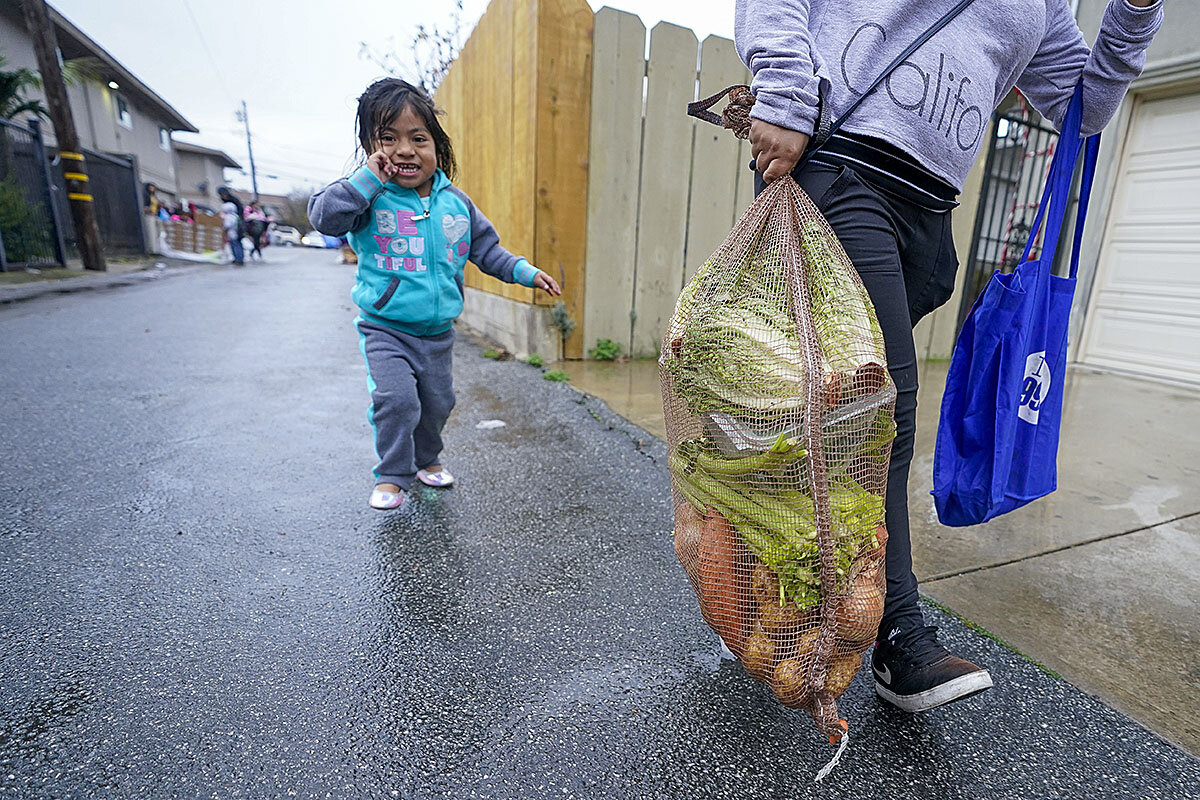Many millennials are cutting down their own trees as part of a yearning for a more meaningful Christmas – enjoying an outdoor experience with family – rather than making the holiday all about gift-buying.
Monitor Daily Podcast
- Follow us:
- Apple Podcasts
- Spotify
- RSS Feed
- Download
 Linda Feldmann
Linda Feldmann
Today, we look at millennials and authentic Christmas, the ethics of alien life, a secret food bank for farmworkers, a chat about the values of “Star Wars,” and finding meaning in Tuba Christmas.
At the end of impeachment week, it’s tempting to feel that the nation is hopelessly divided – especially as we head into an election year that could get ugly. But let’s consider a counternarrative. Around the country, dialogues aimed at understanding the “red-blue divide” are springing up. Monitor reporter Henry Gass wrote about one such effort in Wimberley, Texas, organized by a local chapter of the Better Angels alliance.
I reached out to an old friend of the Monitor, Tom Smerling, the Better Angels coordinator for Maryland, to see how he’s feeling post-impeachment. Mr. Smerling told me something surprising: Getting American conservatives and liberals together for dialogue today is harder than it was to get Israelis and Palestinians to talk back in the day, when he was an advocate for Middle East diplomacy.
“The U.S. work is harder, in part because we were one step removed from the Arab-Israeli conflict, on the outside looking in,” Mr. Smerling says. In the U.S. today, “in this polarized conflict, we are ‘inside the fishbowl.’”
Yet Mr. Smerling is hopeful. “Reds” and “blues” are willing to sit down together, and look within themselves at the stereotypes they hold about others and why others hold stereotypes about them.
At a recent Better Angels dialogue in Rockville, Maryland, he says, “you could feel the sigh of relief when the other side shared a moment of self-criticism and humility.”










